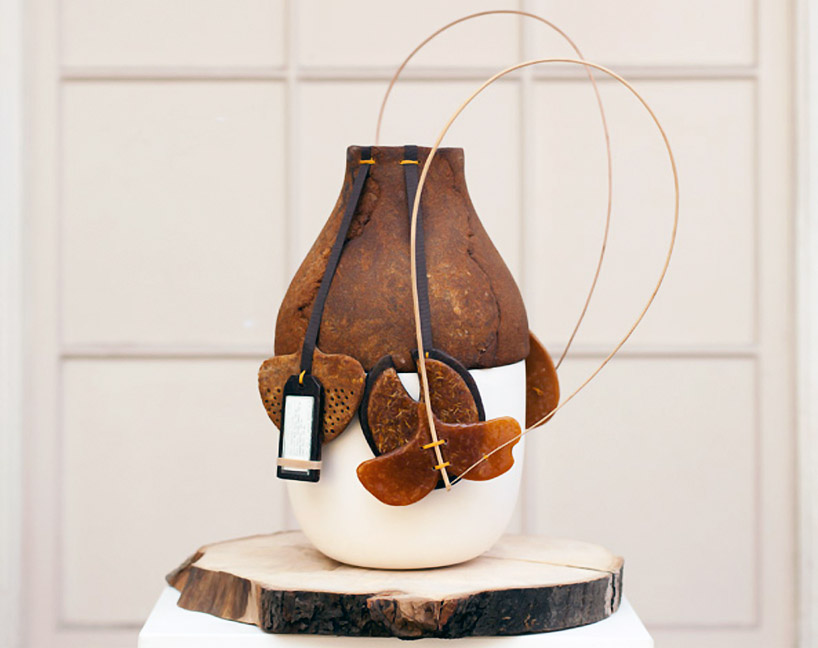



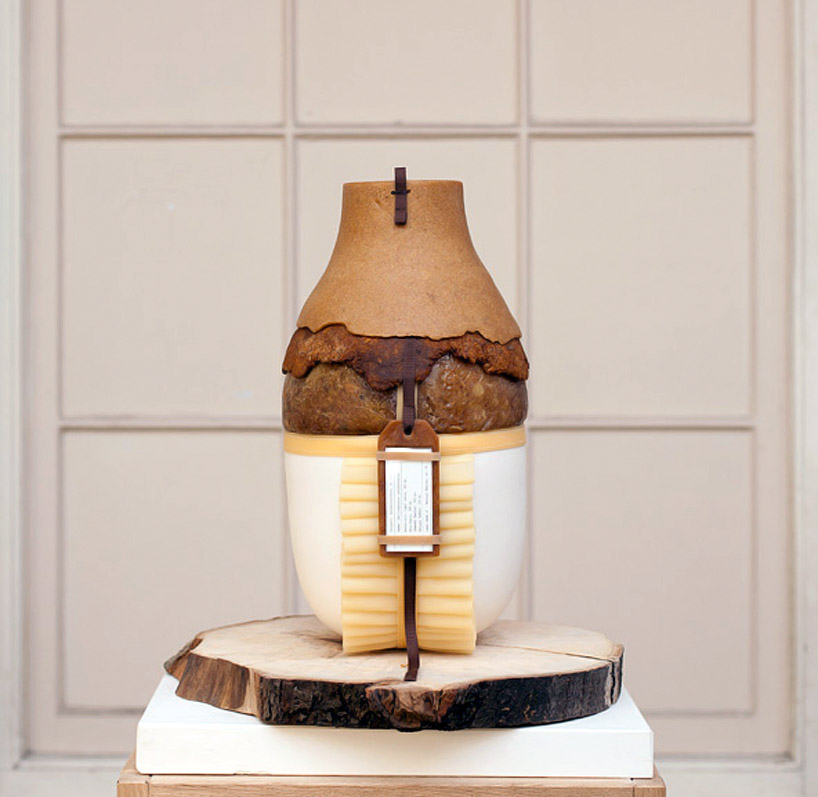

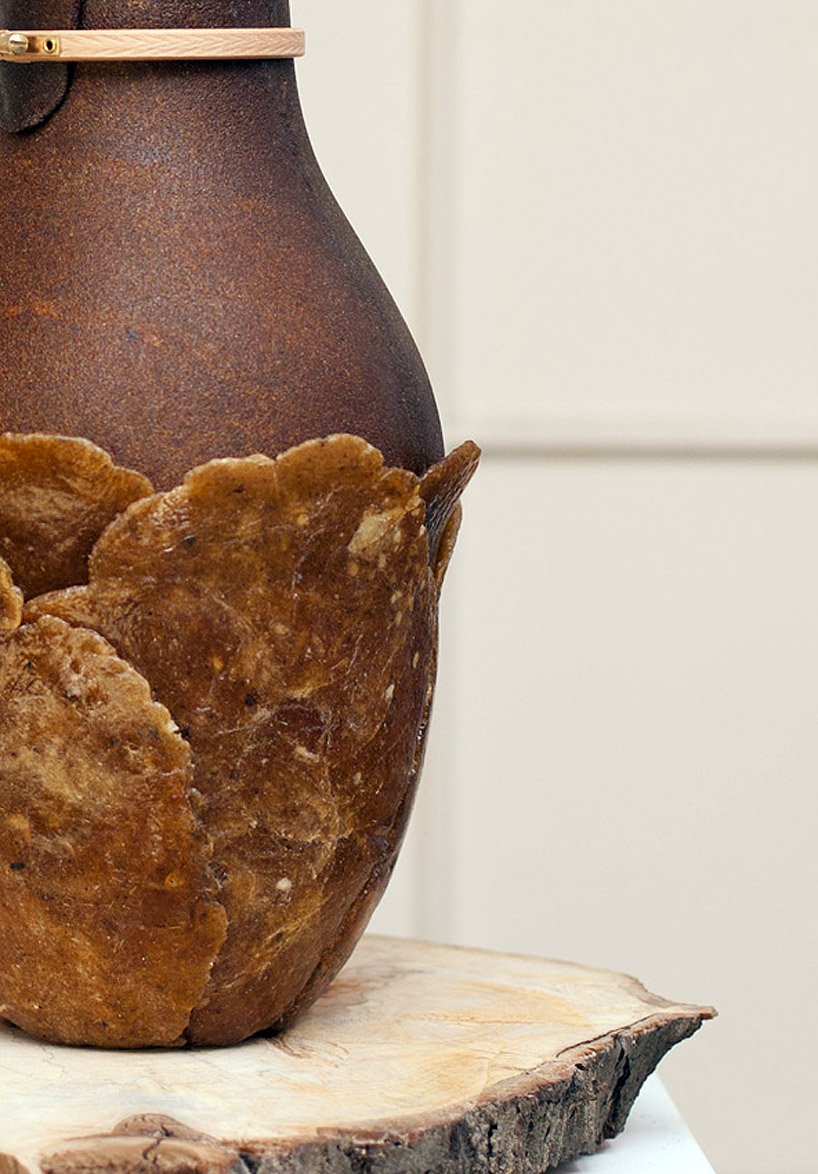



THIS IS FOR US ALL!















Font nerd alert! Here's a three-dimensional way to express your love of letters.
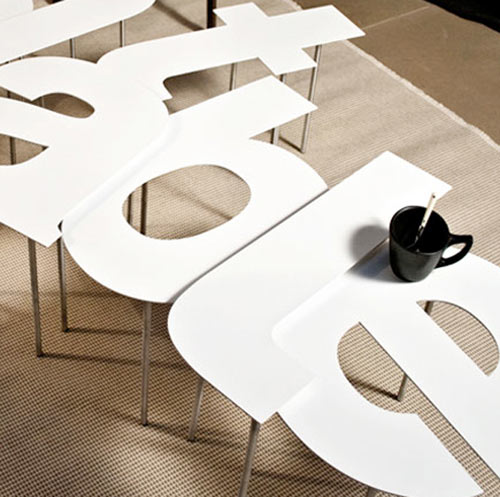
The Fontable, designed by Alessandro Canepa and Andrea Paulicelli is a new concept featuring letters A-Z in lower and uppercase as well as the numbers 0-9. Each table is made from a single sheet of steel in white, black or red. The adjustable legs are anodized aluminum.

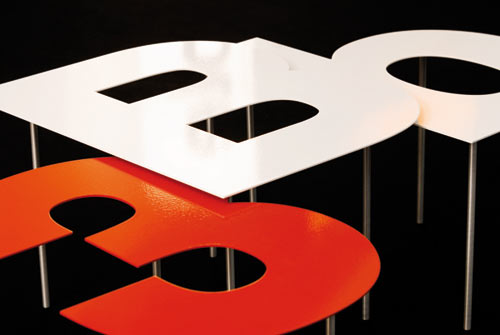


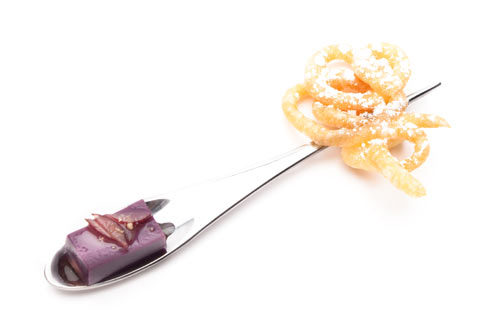
Pinch Food Design is a new NYC-based food and design company that is launching this month. Pinch's co-founder (and former set designer) TJ Girard has designed a series of food serving products that are not only functional, but go the extra mile in both design and features.
Paying equal attention to food and design, Pinch has re-imagined every aspect of entertaining.

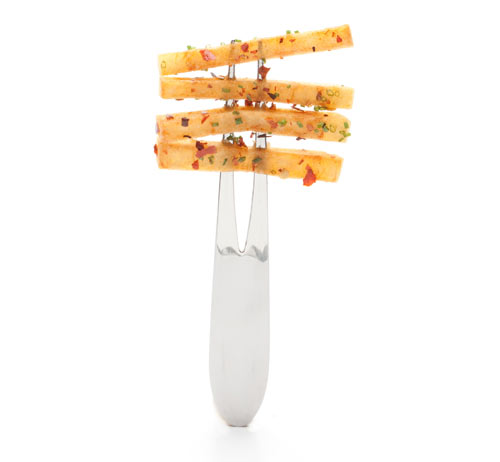

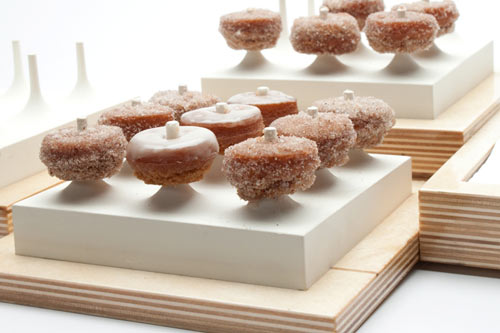
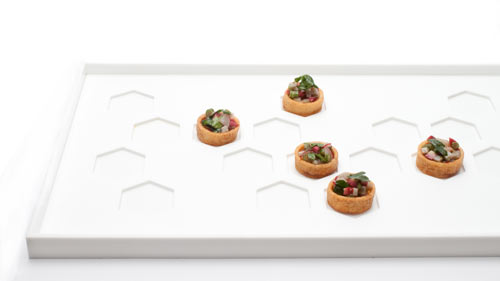
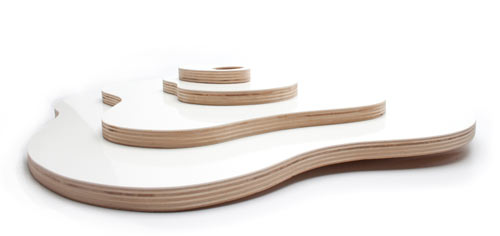
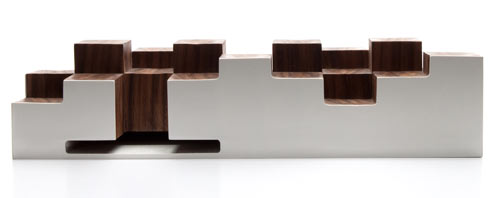

Hacienda is a collection of products made of palm reed (buri), leather, and metal by Brooklyn-based designer Stanley Ruiz. Designed for the company Hacienda Crafts (based in the Philippines), a sugar plantation that started producing handicrafts in the 90s with the mission of generating countryside opportunities by providing an alternative livelihood for the farmers and their families. The collection includes the Branch floor lamp, Branch table lamp, and a set of three natural and three black Pandora baskets.

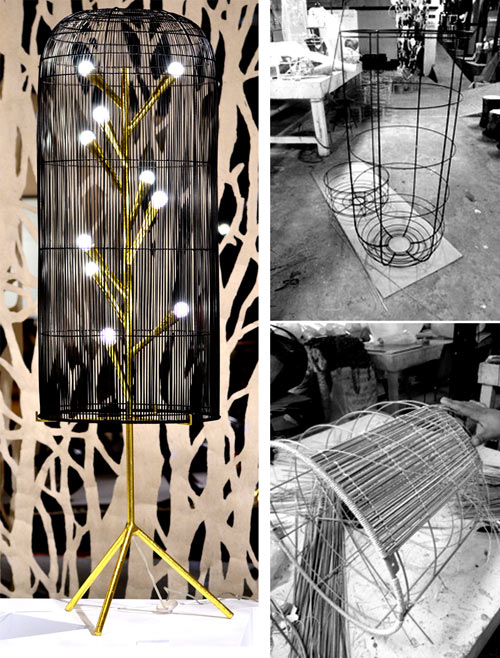


The Nzela Table by the Finnish company Kayiwa is a colorful and modular table with many different configurations. The table can be rearranged in some combination in accordance with any space. There is no tools equipment required means that only 3 minutes to collect, make fast, assembly and disassembly are both easy and so with storage. It looks great in neoplastic color scheme, but the color and variety in the glossiness can also be personalized from Kayiwa.






Description

At 2011 Milan Furniture Fair, Vitra presented Tip Ton Chair from collaborations with London designer Edward Barber & Jay Osgerby. Tip Ton chair converges sustainability and ergonomics into a new chair typology. This simple design transform plastic chairs both functionally and visually.
Barber Osgerby, 2011Tip Ton defines a whole new chair typology: the solid plastic chair with forward-tilt action. Its name refers to the two types of sitting experiences that characterise the chair – from a normal position, Tip Ton can be tilted a few degrees forward where it then stays in place. The innovation behind this seemingly simple feature lies in the skids, which rise at a nine-degree angle. The forward-tilt sitting position, until now the preserve of mechanical office chairs, straightens the pelvis and spine and thus improves circulation to the abdominal and back muscles. Thanks to its striking appearance, Tip Ton is an outstanding dining table or home-office solution; it is also ideal for use in restaurants, conference and meeting spaces and educational institutions.








A close cousin of the Mechanical Mobile, the revOlve cellphone loves to spin. A notch up as far as physical design goes, the main differentiating factor are the detachable components that can be upgraded and recycled when necessary. I love the sleek holster and the way you can buckle the phone to your waist loop. Let's spin and wait for the magical mechanics to take over!
Designers: Da Deng, Chandra Baker, Chris Platt & Jason Schuler







----------